
Lluís Domènech i Montaner (1850–1923) was a prominent Catalan architect, historian, and politician, known for his significant contributions to the Catalan Modernist movement. Here are some key aspects of his life and work:
Architectural Style: Domènech i Montaner’s architectural style was characterized by a blend of traditional Catalan elements, such as brickwork, ceramics, and wrought iron, with modernist innovations. He emphasized the integration of architecture with decorative arts, creating buildings that were not only functional but also aesthetically pleasing.
Major Works: Domènech i Montaner’s most famous works include the Palau de la Música Catalana (Palace of Catalan Music) and the Hospital de Sant Pau (Hospital of the Holy Cross and Saint Paul) in Barcelona, both of which are UNESCO World Heritage Sites. These buildings exemplify his mastery of Modernist architecture and his commitment to integrating art and architecture.
Hospital de Sant Pau
: One of Domènech i Montaner’s most significant achievements is the Hospital de Sant Pau, a groundbreaking complex of medical buildings that revolutionized hospital design in the late 19th and early 20th centuries. The hospital is renowned for its innovative layout, use of natural light, and beautiful decorative elements, making it a symbol of modern healthcare architecture.
Historical Significance: The Sant Pau complex was originally built as a hospital and served as one of the most important medical institutions in Barcelona for over a century. Its construction and design were revolutionary for their time, emphasizing the importance of light, ventilation, and green spaces in healthcare architecture.
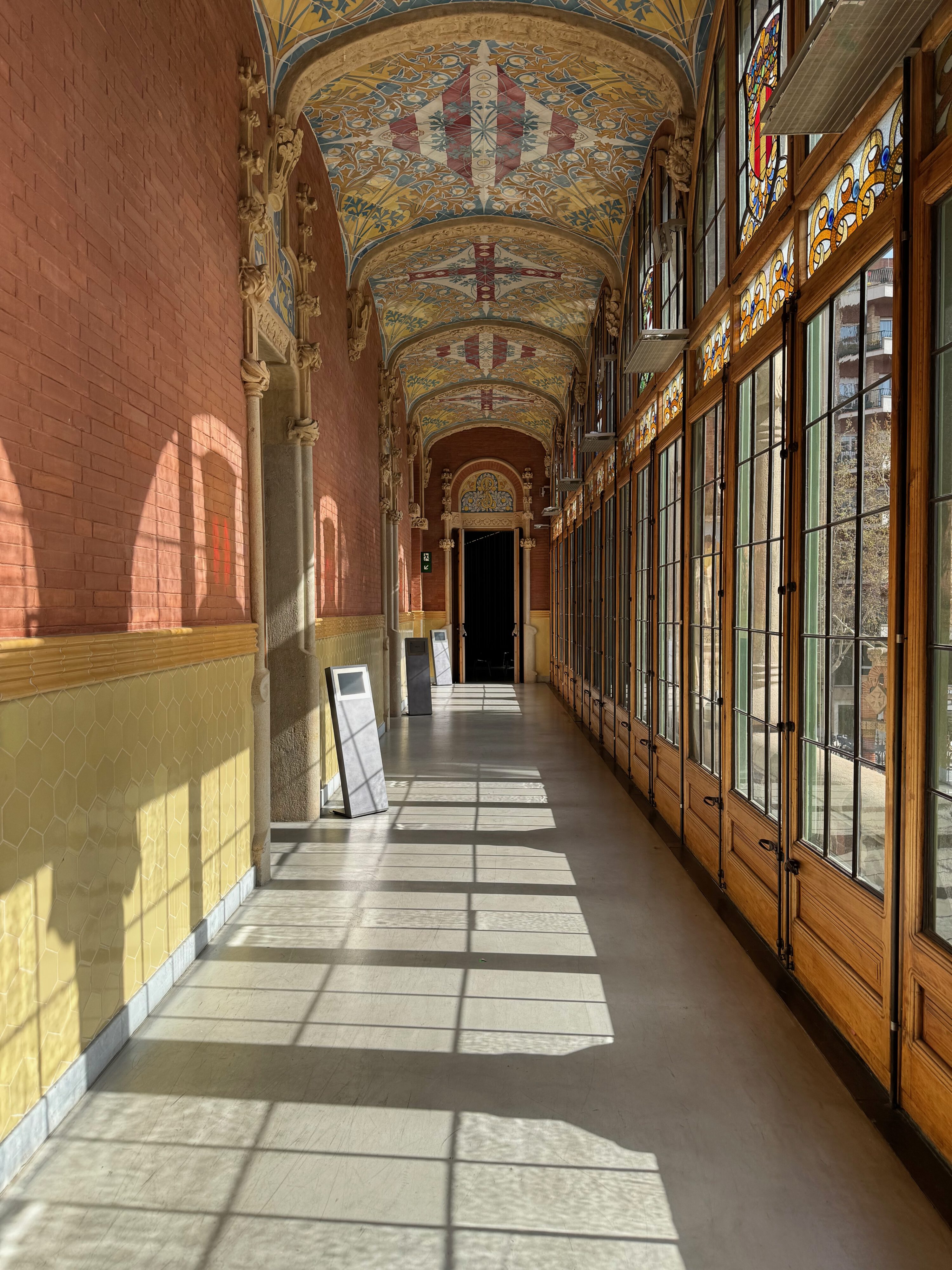
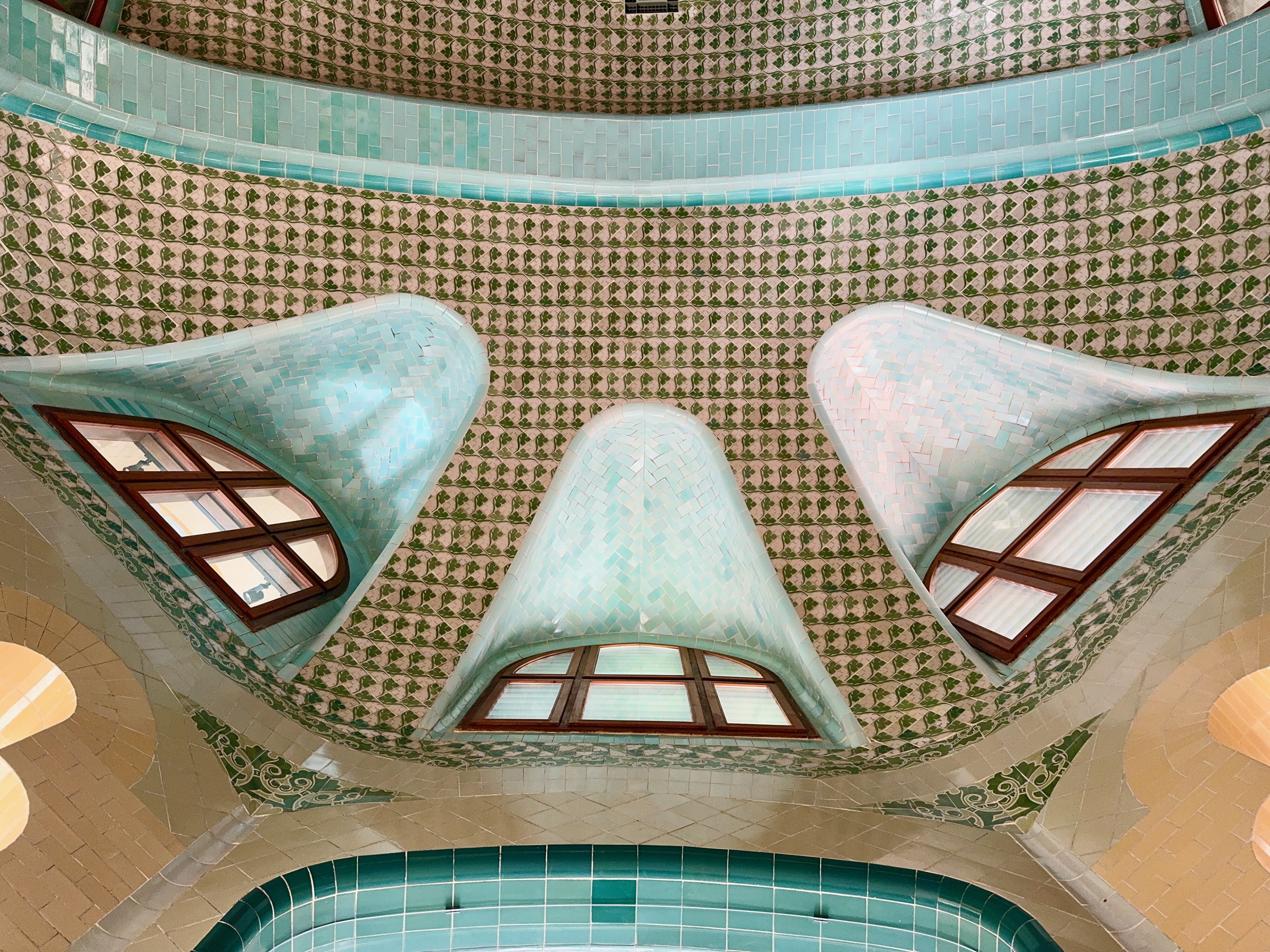
Architectural Beauty: Designed by the Catalan architect Lluís Domènech i Montaner, the Sant Pau complex is a stunning example of Catalan Modernism. Its intricate façades, colorful mosaics, and ornate sculptures showcase the beauty and creativity of this architectural style.
Innovative Design: Domènech i Montaner’s design for the Sant Pau complex incorporated innovative features such as underground tunnels for patient transport, modern sanitation systems, and decentralized pavilions connected by landscaped gardens. These design elements were ahead of their time and contributed to the well-being of patients and staff.
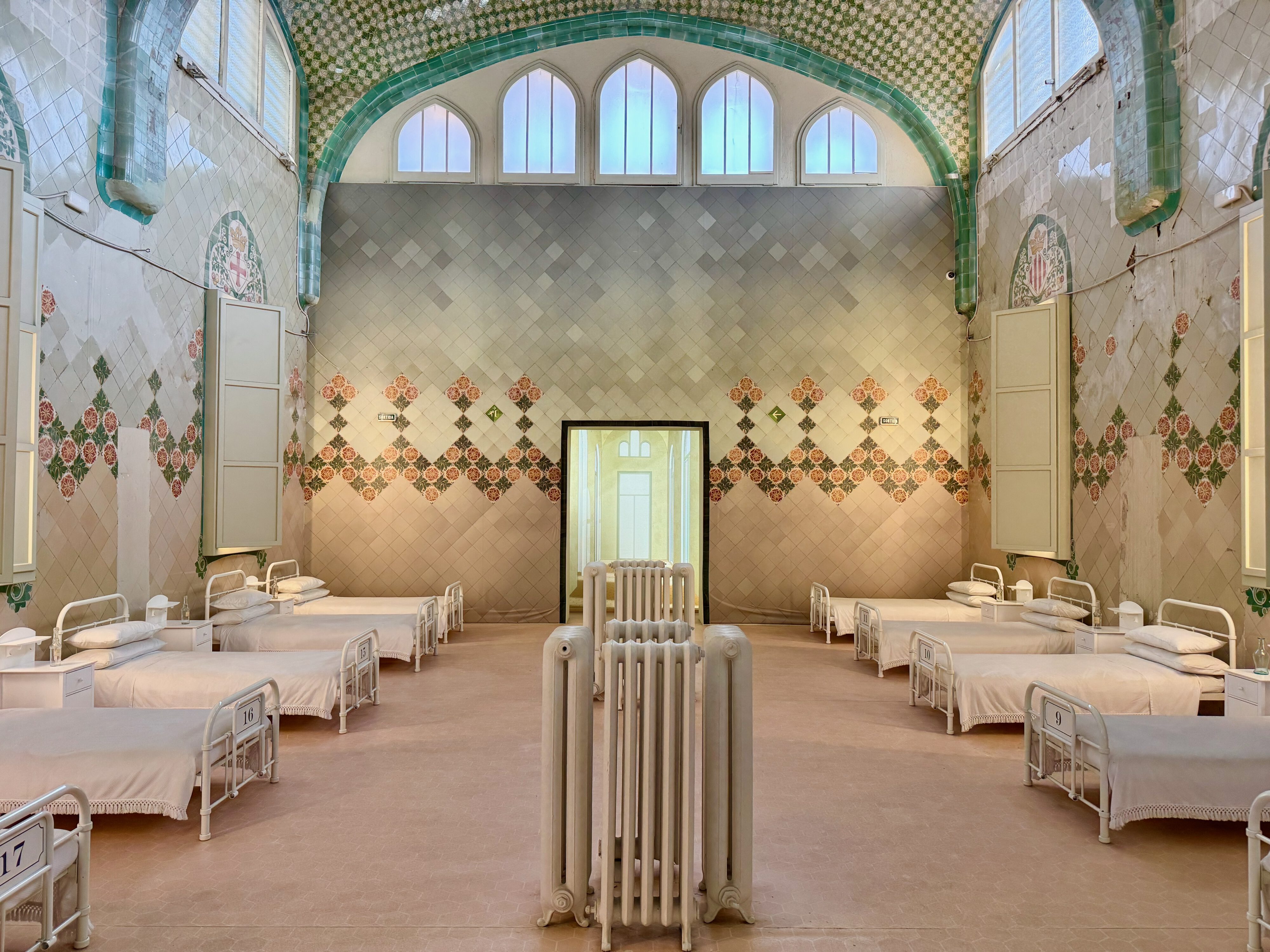

Cultural Heritage: The Sant Pau Recinte Modernista is recognized as a UNESCO World Heritage Site, along with other works by Domènech i Montaner in Barcelona. It is considered one of the most significant examples of Modernist architecture in the city and a testament to Catalonia’s cultural heritage.
Restoration and Preservation: In recent years, the Sant Pau complex underwent extensive restoration and conservation efforts to preserve its architectural and historical significance. Visitors can now experience the site in its full splendor, with guided tours and exhibitions highlighting its rich history and architectural features.
Cultural Events and Activities: The Sant Pau complex hosts a variety of cultural events, exhibitions, and activities throughout the year, including guided tours, concerts, and workshops. These events provide opportunities for visitors to engage with the site’s history and architecture in a meaningful way.
Tranquil Setting: Despite its central location in Barcelona, the Sant Pau complex offers a tranquil and serene environment away from the hustle and bustle of the city. Its landscaped gardens, shaded walkways, and peaceful courtyards provide a peaceful retreat for visitors to relax and appreciate the beauty of the surroundings.
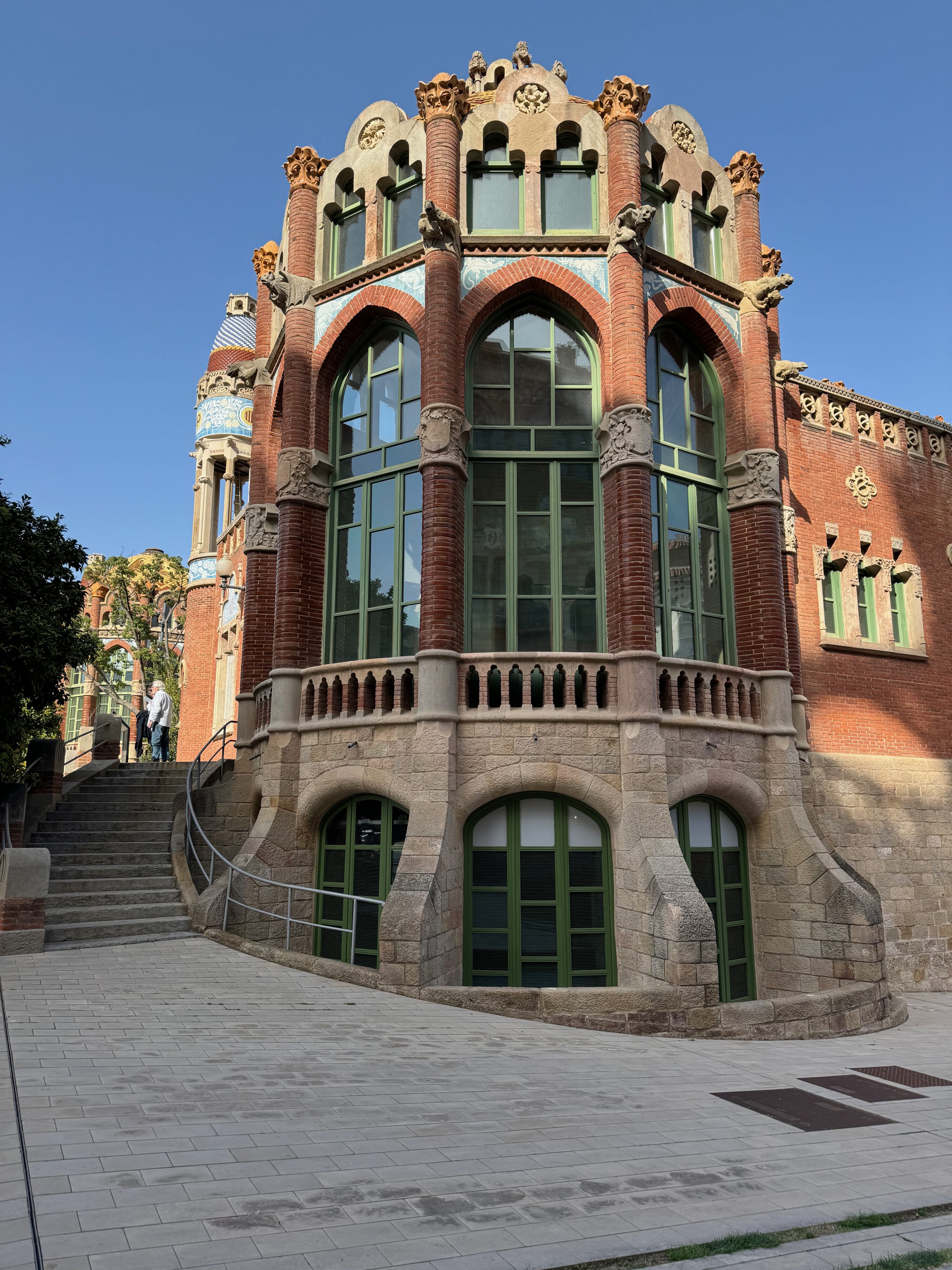
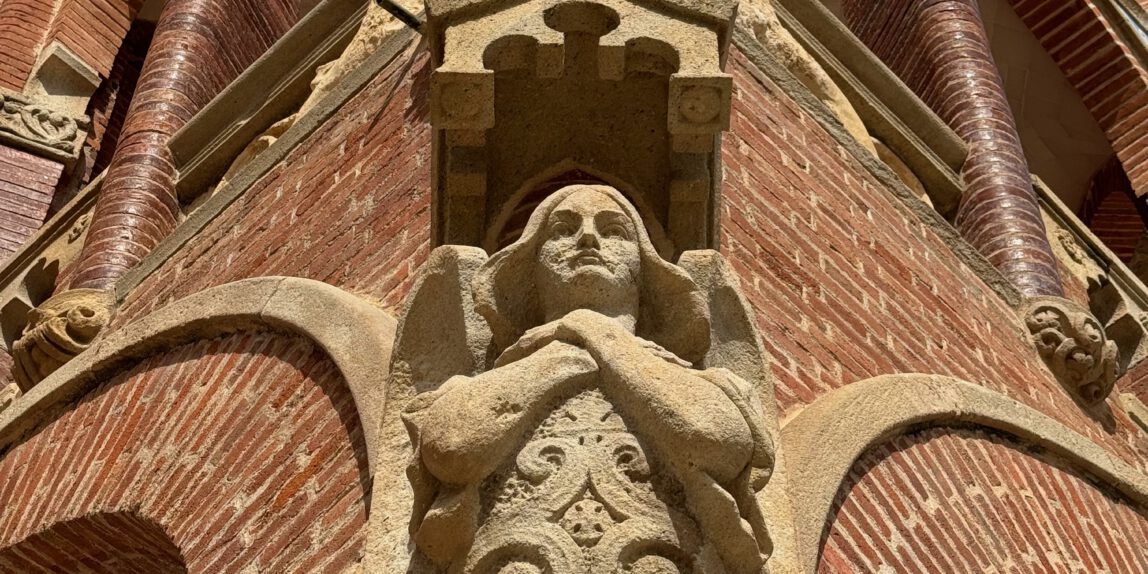
One Reply to “Sant Pau Recinte Modernista”
Comments are closed.